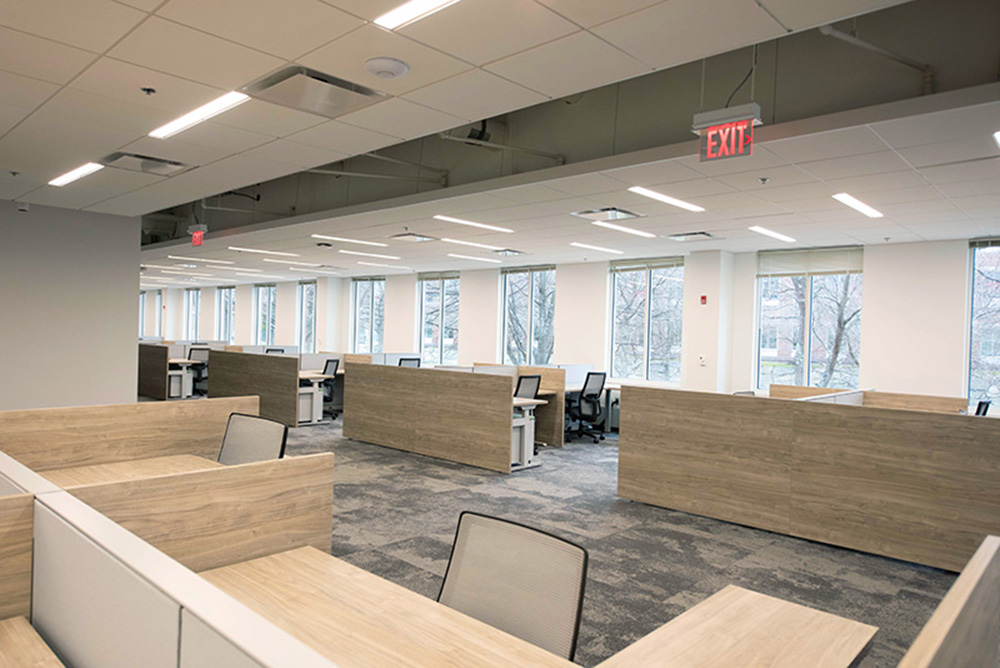Residential appraising – Big changes looming - by Reynold Archambault

It’s been a crazy couple of years since the pandemic outbreak. First everything shut down and immediate thoughts, beyond health and humanity, turned to how appraiser’s were going to do their jobs. We worked through it. Temporary policies were enacted circumventing interior inspections on many traditional appraisal assignments. We learned alternative ways to gather property data, public records, etc. Turns out old dogs can learn new tricks! We got comfortable with the “new normal” and, looking back, realized how productive we had been during this period of upheaval and uncertainty. For all the change in how we get from point A to point B, the concept of valuation remained constant.
As appraisers worked at a frantic pace to keep up with the volume of work brought about by the market conditions at play, fueled by record low mortgage rates, changes in the industry were looming. Two such changes have landed on our doorstep and are about to alter the land scape for many residential appraisers. One involves hybrid appraisals, which break from standard appraisal procedures wherein the appraiser of record accepts a valuation assignment, gathers pertinent data, develops a supported opinion of value and certifies his or her findings. The other concerns how appraisers physically measure and calculate the gross living area of the properties they evaluate.
Exterior (“driveby”) or desktop appraisals have been utilized by lenders for many years, particularly for low risk or low loan to value ratio loans, equity lines or second mortgages and transactions below the de minimus threshold. Valuations of this type can typically be turned around more quickly than a full interior inspection appraisal, with fees for assignments of this type significantly lower than full appraisal fees. Hybrid appraisals are a relatively new concept and are about to become a reality in the lending arena, as Fannie Mae and Freddie Mac embrace a new valuation tool which will be used for purchase financing first mortgages of eligible owner occupied single family properties with a loan to value ratio of 90% or less. In layman’s terms, hybrids represent the collaboration between the appraiser who never sees the subject property and a third party inspector, who performs a physical interior/exterior inspection and prepares a property summary which is then provided to the appraiser. The GSEs rationalize this form of valuation product as allowing the appraiser more time for analytics and less time spent in the field, the goal being faster turn-around time for valuation assignments and reduced costs for valuation services.
Appraisers need to determine if this is a form of business they wish to engage in going forward. The appraiser has a duty and responsibility to work in the best interest of his client, ensuring the valuation service he or she provides rises to the level of safeguarding the public trust. At the same time, appraisers need to feel confident the information they have been provided with and are relying upon is accurate, complete and free of bias. 35 plus years of appraising has taught me the one element I have sole control over in developing a property valuation is the information I collected personally during a thorough property inspection. In turn, these properties, upon sale, become reliable comparable sales for other valuations, as the information gained first-hand is reliable and terms of sale and financing thoroughly vetted. I don’t feel personally that I would be willing to acquiesce that control in a bifurcated appraisal process.
While on the subject of physical property inspection, I bring up the second topic of interest – measuring the subject property and calculation of gross living area. Effective April 1, 2022, Fannie Mae will require all appraisal reports to conform to the American National Standards Institute (or ANSI) method of measuring building dimensions and calculating living area. Until now, a uniform method was not in place, which left room for discrepancies in reported gross living area. Primary areas of difference include rooms with sloping ceilings, typical in older Cape Cod style homes lacking dormers, antique homes with historic low ceiling heights and contemporaries with sloping rooflines. ANSI calculations require room ceiling heights of at least seven feet; rooms with sloping ceilings must have a height of at least seven feet for a minimum 50% of the room area, with sloped portions having a height of less than five feet ineligible to be included in gross living area, in which case these areas would need to be reported separately. Similarly, rooms with vaulted or cathedral ceilings, two-story entrance foyers and staircase openings in general will need to be measured and single level living area calculations made. Basement finished space is not to be included in the calculated living area.
The good news is that many of the ANSI area calculations are adhered to by appraiser in their appraisal practices already. It is imperative that appraisers familiarize themselves with the newly required standards. Loans will not be eligible for purchase in the secondary market where appraisals do not comply to the ANSI standard. The Appraisal Institute offers an on-line education seminar which addresses the new ANSI standard.
Reynold Archambault III, SRA, is principal of Archambault & Associates in Southington CT, and is a past president of the Connecticut Chapter of the Appraisal Institute.
Boyle of Chozick Realty negotiates $7.95m sale of 66-unit property







